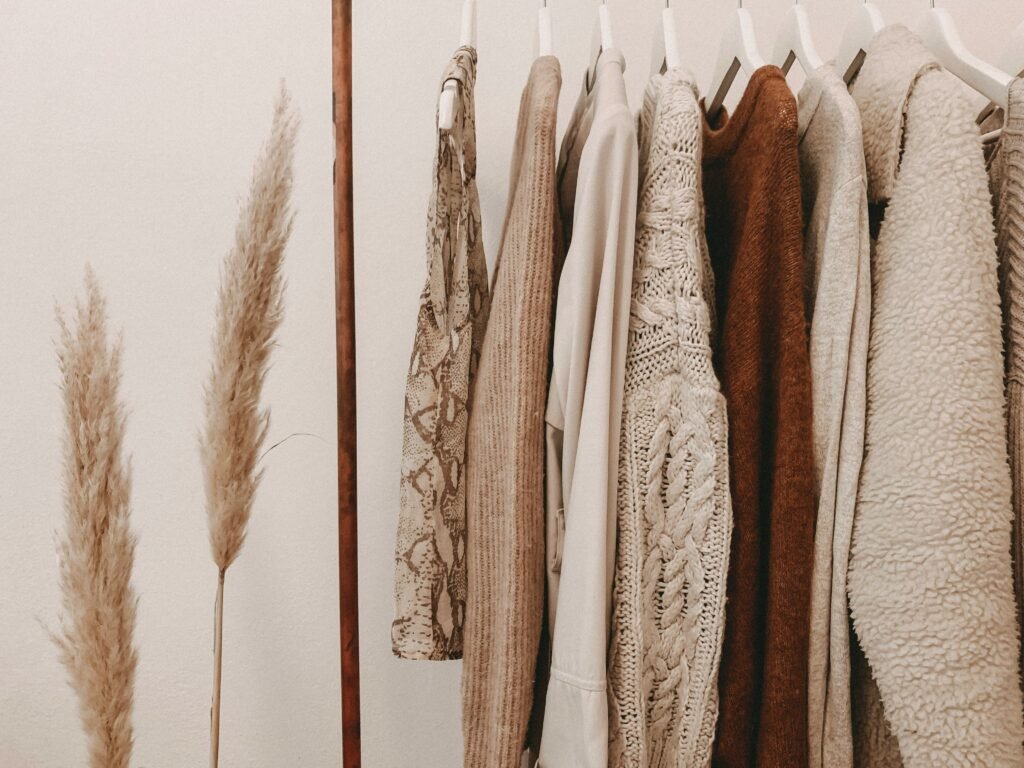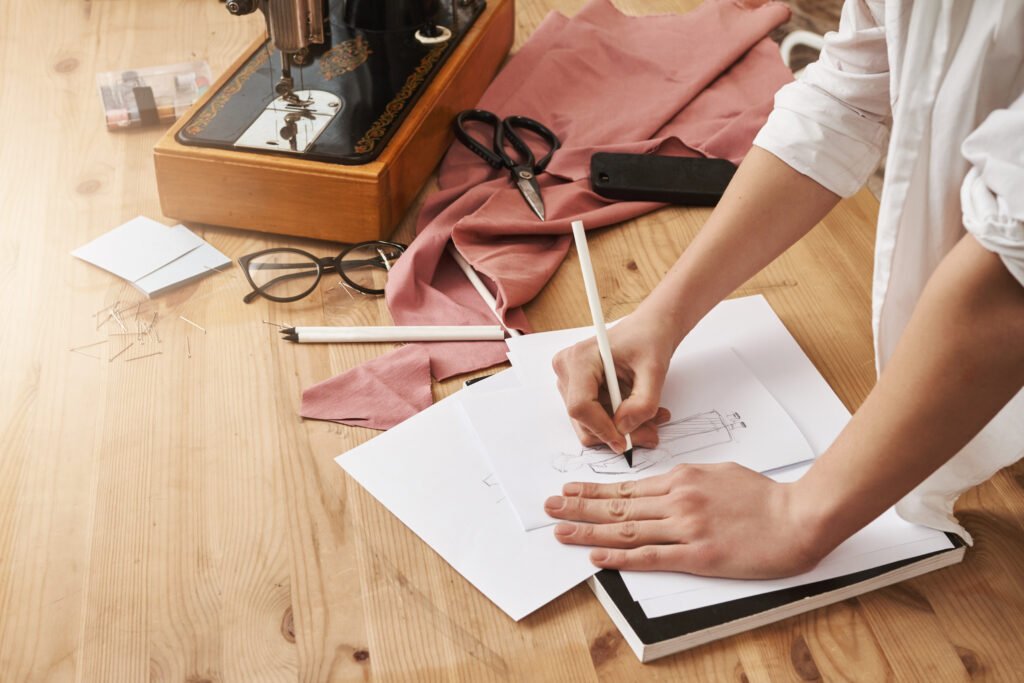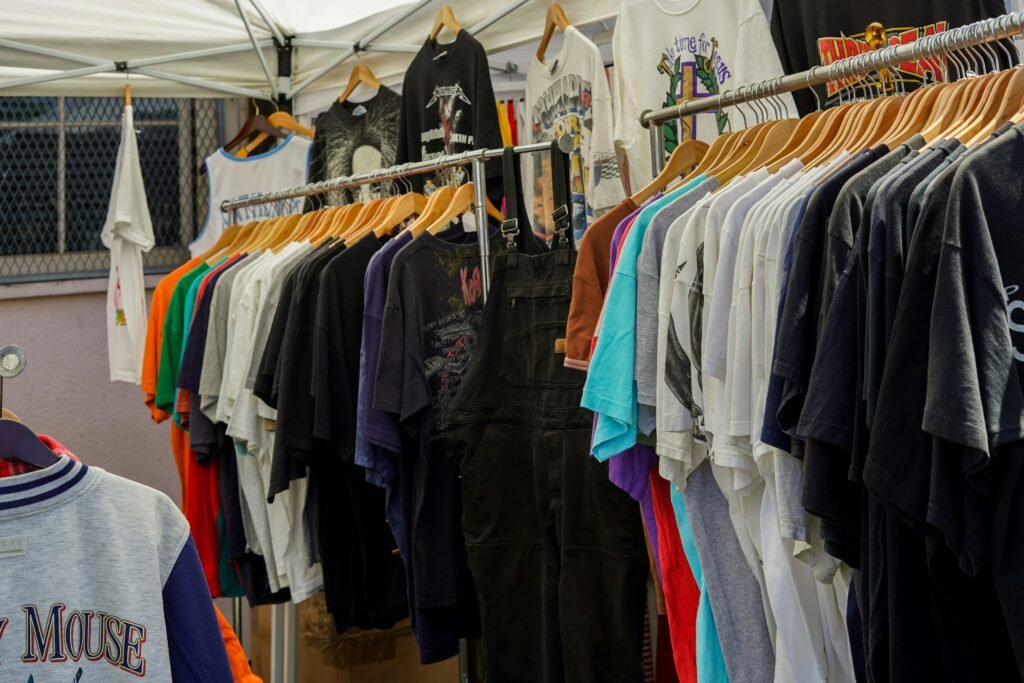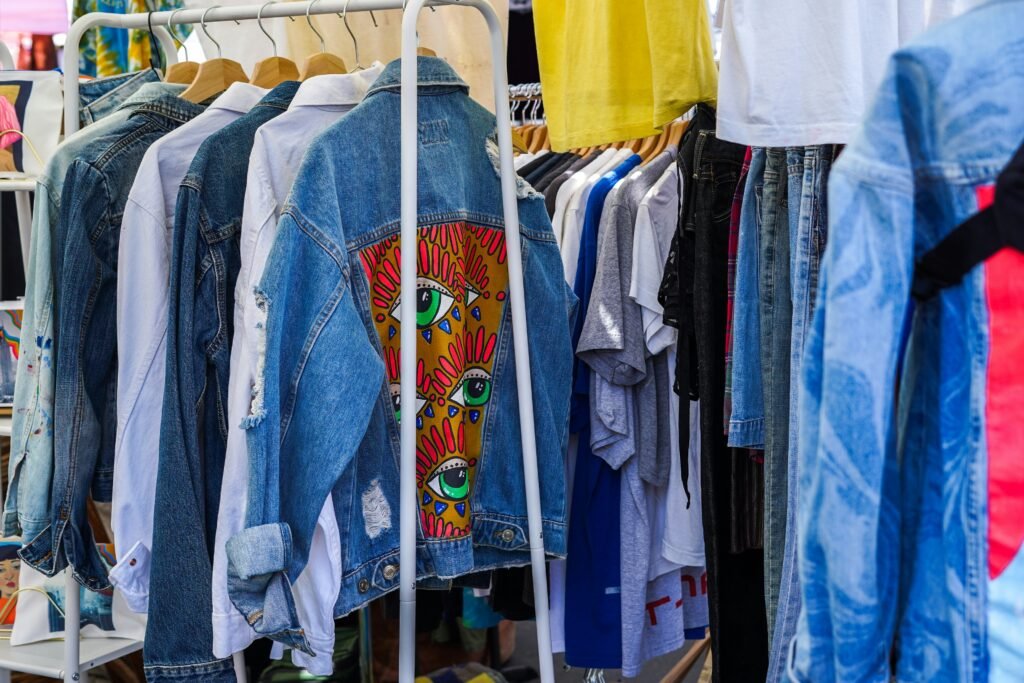The fashion industry is one of the largest contributors to environmental pollution, but the good news is that we can make conscious choices to reduce its impact. Building an eco-friendly wardrobe is not just about trends—it’s about making ethical, sustainable choices that benefit both the planet and your personal style.
If you’re wondering how to transition to sustainable fashion without compromising on style, here’s a guide to help you get started.
1. Why Sustainable Fashion Matters
Fast fashion has led to excessive waste, unethical labour practices, and environmental damage.
✔ The Impact of Fast Fashion:
- Over 92 million tons of textile waste are generated annually.
- The fashion industry produces 10% of global carbon emissions—more than aviation and shipping combined.
- Toxic dyes and chemicals pollute water bodies, harming marine life and communities.
- Millions of workers, including children, are underpaid and exploited in unsafe working conditions.
- Sustainable fashion reduces waste, supports fair wages, and promotes environmentally friendly production.
2. Choose Quality Over Quantity
Instead of buying into fast fashion’s “wear-and-dispose” cycle, invest in high-quality, durable pieces that last longer.
✔ How to Shop Smarter:
- Prioritize natural fabrics like organic cotton, linen, hemp, and Tencel.
- Opt for classic, timeless designs rather than short-lived trends.
- Check garment quality—well-stitched, durable clothes last longer.
- Avoid synthetic fibers like polyester, which shed micro-plastics into oceans.
- Ask yourself: “Will I wear this at least 30 times?” If not, reconsider the purchase.
3. Support Ethical & Sustainable Brands
Many fashion brands are now embracing sustainable practices. Choosing ethical brands helps reduce waste and supports fair wages.
✔ What to Look for in a Sustainable Brand:
- Fair Trade & Ethical Sourcing: Brands that ensure fair wages and safe working conditions.
- Eco-Friendly Fabrics: Organic, biodegradable, or upcycled materials.
- Carbon-Neutral Production: Brands reducing water and energy waste.
- Minimal Waste Packaging: Recyclable or compostable materials.
- Some ethical brands to explore: Stella McCartney, Eileen Fisher, Reformation, and Patagonia.
4. Buy Second-Hand & Vintage Fashion
Buying pre-loved clothes is an excellent way to reduce waste and extend a garment’s life cycle.
✔ Benefits of Thrift Shopping:
- Reduces landfill waste and promotes circular fashion.
- Helps you find unique, one-of-a-kind pieces.
- More affordable than buying new sustainable clothing.
- Vintage clothing is often of higher quality than modern fast fashion.
- Check out thrift stores, online platforms like Depop and Poshmark, and vintage boutiques / local Discount Stores
5. Repair, Upcycle & Repurpose Your Clothes
Instead of discarding worn-out clothes, give them a new life!
✔ Ways to Extend the Life of Your Clothes:
- Repair small damages like loose buttons, tears, or faded colors.
- Upcycle old clothes into new fashion pieces (e.g., turning jeans into shorts).
- Dye, patch, or embroider to refresh outdated clothing.
- Donate or swap clothes instead of throwing them away.
- A simple sewing kit can help you save and revamp many clothes!
6. Wash Clothes Sustainably
Did you know that washing clothes accounts for a major portion of their environmental impact?
✔ Eco-Friendly Laundry Habits:
- Wash in cold water to reduce energy consumption.
- Use natural detergents free from harmful chemicals.
- Avoid frequent washing—air out clothes instead.
- Use a Guppyfriend bag to capture micro-plastics from synthetic fabrics.
- Line-dry instead of using a dryer to save energy.
- Taking care of your clothes properly helps them last longer, reducing the need for replacements.
7. Embrace a Capsule Wardrobe
A capsule wardrobe is a small, curated collection of versatile pieces that can be mixed and matched effortlessly.
✔ How to Create a Capsule Wardrobe:
- Stick to neutral, timeless colours that work well together.
- Invest in multi-functional pieces (e.g., a classic blazer that works for work & casual wear).
- Keep only what you truly love and wear often.
- Choose quality over quantity—each piece should serve a purpose.
- Less clutter, more style—capsule wardrobes make dressing easier and more sustainable!
8. Rent or Borrow for Special Occasions
Instead of buying one-time wear outfits, consider renting or borrowing.
✔ When to Rent Instead of Buy:
- Weddings, parties, and special events.
- Expensive designer pieces you won’t wear often.
- Trendy items you want to try without long-term commitment.
- Fashion rental platforms like Rent the Runway, Flyrobe, and The Clothing Rental are great options!
Final Thoughts: Every Choice Matters
Sustainable fashion isn’t about perfection—it’s about making better choices every day. Whether it’s choosing ethical brands, buying second-hand, or simply washing your clothes more consciously, every step counts.
Your fashion choices have the power to make a difference—for the planet, for people, and for your personal style.
Ready to embrace sustainable fashion? Let’s curate an eco-friendly wardrobe that suits your style and values!
CTA: Contact Details








